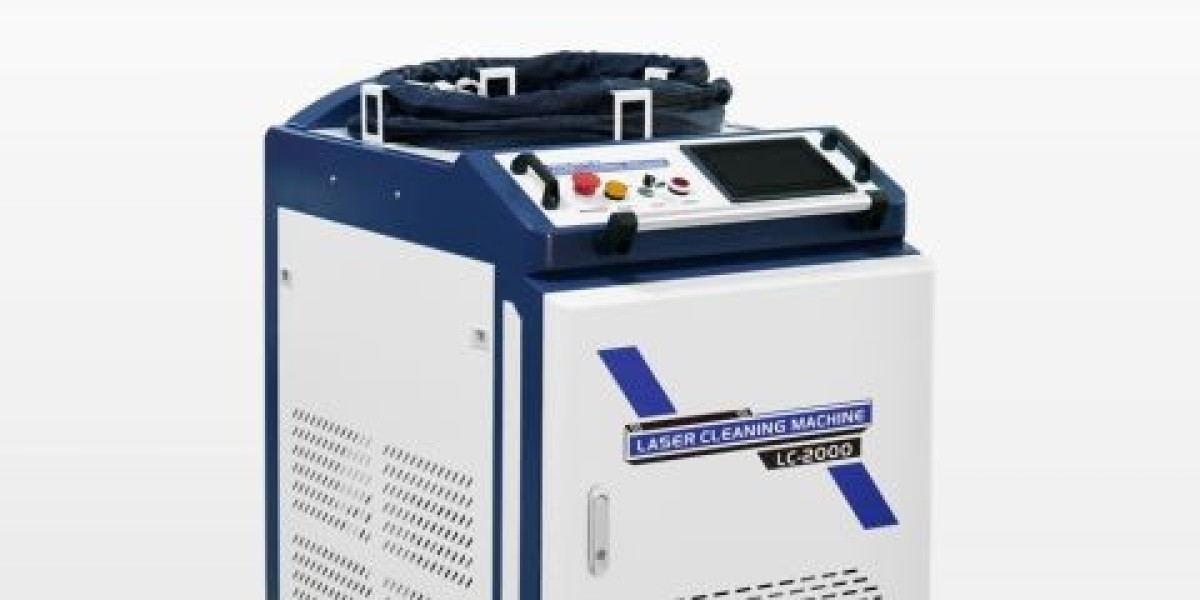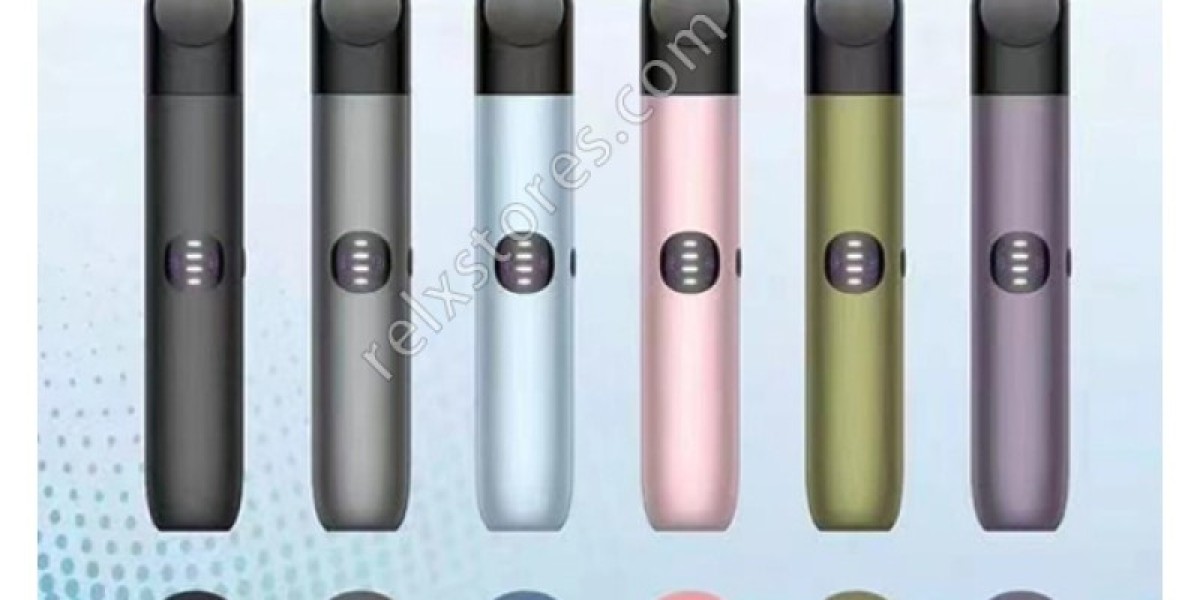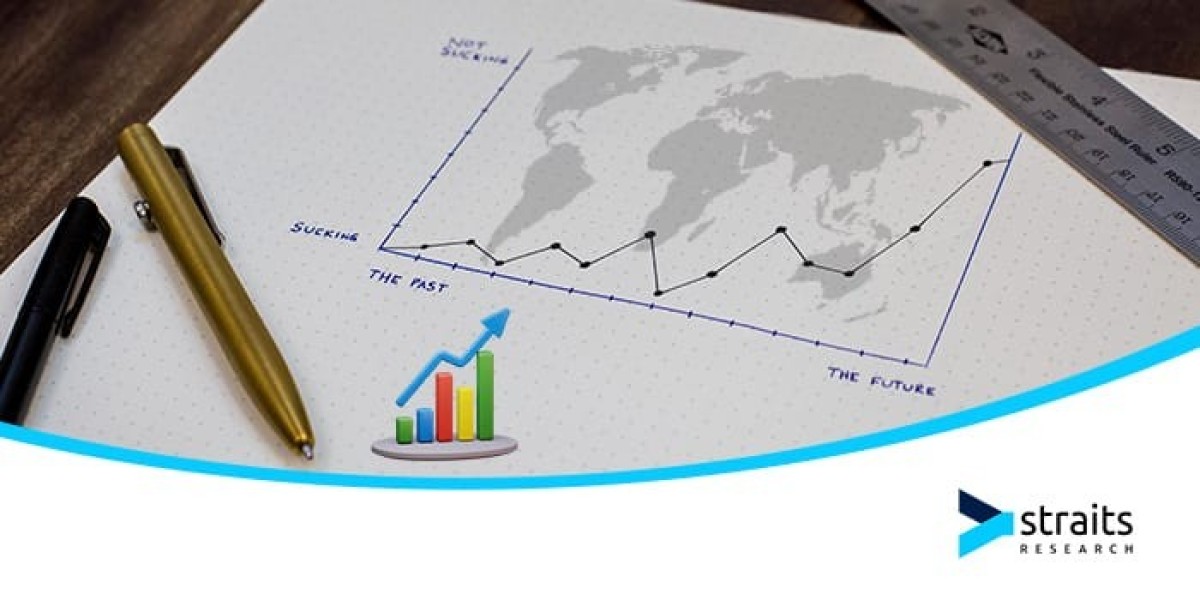Unlike abrasive or chemical methods that require continuous resupply, protective gear, and environmental containment, the laser rust removal tool applies a highly focused beam of light to vaporize rust with pinpoint accuracy. What this means operationally is far more than surface-level cleaning—it marks a shift towards precision-driven, minimal-waste, and operator-friendly maintenance.
The Hidden Costs of Traditional Rust Removal
To understand the true value of a laser rust removal tool, we must first evaluate what is routinely overlooked in older methods. The following realities often remain unspoken:
Labor Fatigue: Grinding and blasting are physically demanding. Longer hours are required to cover larger areas, and there’s always a human inconsistency in pressure, angle, and duration.
Consumables Burn Rate: Sandpaper, grit media, protective suits, solvents — all need constant replenishment. These recurring purchases may seem minor per unit but accumulate significantly over months and years.
Workplace Safety and Air Quality: Traditional methods kick dust and particles into the air, which may require specialized ventilation systems or filtration. Respiratory risks and chemical exposure aren’t just health concerns — they’re also compliance liabilities.
Post-Treatment Cleanup: After chemical or abrasive rust removal, cleaning the site becomes another task, adding hours of labor and potential hazards due to residues and micro-particles.
A laser rust removal tool sidesteps most of these issues. And while the initial investment may appear high, it offsets years of operational inefficiencies and equipment wear.
How the Laser Rust Removal Tool Works
The laser rust removal tool doesn’t grind or scrape—it reacts with rust at the molecular level. When the laser beam contacts the oxidized layer, it heats the surface so rapidly that the rust particles either vaporize or are blasted away by the sudden energy release, leaving the base metal beneath intact.
The process occurs in three simplified steps:
Targeting: The operator aims the handheld or robotic-mounted laser head at the affected surface.
Laser Reaction: The laser energizes the rust layer without affecting surrounding paint or metal (when set correctly).
Collection: Many setups include vacuum attachments or containment features that collect debris instantly, maintaining a clean workspace.
There’s no grinding dust in the air, no chemicals draining into the soil, and no unintentional pitting of metal.
Time as the True Resource
The one currency that cannot be recovered is time. And when comparing rust removal methods, the time efficiency of the laser rust removal tool becomes its silent strength.
For industries that rely on uptime — aerospace, automotive manufacturing, rail, military — reducing cleaning time means assets are back in use faster. Delays due to slow rust removal equate to revenue loss or project overruns. The laser tool minimizes these delays and introduces a new pace to surface preparation and refurbishment.
Time also connects to precision. When stripping rust off a delicate mold, a corroded pipeline, or even historical architecture, manual tools risk over-grinding or incomplete cleaning. Lasers can be finely tuned for micrometer-level removal, ensuring that only rust disappears, not layers of valuable or protected material.
Training and Deployment
Introducing a laser rust removal tool doesn’t require months of training. Most operators become proficient in hours, not weeks. Its user interface, often featuring touchscreen controls, allows settings to be adjusted according to rust depth, material sensitivity, and desired cleanliness levels.
Modern devices come with built-in safety interlocks, temperature sensors, and focus adjustment systems, making it harder to misuse. That alone minimizes training costs and increases early-stage productivity.
From a deployment standpoint, these machines can be used:
On construction sites
In naval yards
Inside factories
On pipelines
Even on remote wind turbines
Many tools are portable and can be powered by standard industrial outlets or portable generators, making them suitable for field operations.
Environmental Shifts Favor Laser Tools
Regulations regarding emissions, chemical usage, and occupational safety are tightening across global markets. Industries are required to reduce waste, prevent airborne contaminants, and phase out harmful practices. A laser rust removal tool aligns naturally with these expectations.
There are no acid baths to dispose of, no grit media to clean up, and no chemical vapors to ventilate. It's a closed-loop process that, in many settings, needs nothing more than power and proper surface access.
As industries prepare for sustainability audits and green certifications, this tool transitions from an operational upgrade to a compliance enabler. Organizations can actively demonstrate environmentally responsible maintenance strategies without sacrificing productivity.
The Long Game: Cost Perspective Beyond Equipment Price
Initial pricing discussions around the laser rust removal tool often mislead decision-makers into comparing it solely against a sandblaster or a grinder. This is a mistake.
What should be compared are five-year operational costs including:
Consumables
Labor hours
Equipment wear and maintenance
Downtime due to inefficient rust removal
Training and compliance costs
Environmental disposal fees
In most cases, the laser rust removal tool demonstrates its financial merit not in months, but in overall lifecycle savings. Organizations that consider total cost of ownership realize they’re not just purchasing a cleaner — they’re investing in a faster, cleaner, safer maintenance process.
Industries Where This Tool Replaces Legacy Methods
The laser rust removal tool isn’t a one-size-fits-all device, but its range of uses is impressively broad. Among the most impactful industries:
Automotive Restoration and Repair: Especially in classic car refurbishment, where original panels need careful cleaning without weakening.
Aerospace Maintenance: Airframes, turbine casings, and wing sections require corrosion removal that doesn't compromise precision.
Defense and Military: Weapons, armored vehicles, and naval components benefit from fast, portable rust cleaning.
Manufacturing and Tooling: Mold cleaning, frame maintenance, and equipment refurbishment.
Railway and Shipyards: Massive surfaces that previously required teams of blasters can now be handled by a few technicians with laser tools.
Final Thoughts
Sticking with outdated rust removal techniques doesn’t just slow down progress—it invites hidden costs and environmental risks that businesses can no longer afford to ignore. The laser rust removal tool is more than a surface treatment device—it is a redefinition of maintenance standards, delivering consistent results without the operational baggage of abrasive or chemical methods. Whether you manage a workshop, oversee industrial assets, or are responsible for cleanroom-grade tooling, investing in this technology means reclaiming time, enhancing precision, and meeting the future with smarter tools in hand.








